(Champigné 1865 - 1937 Le Cannet)
Reclining female nudes with an umbrella
Pencil, stumping and heightened with watercolor
27 x 24 cm
Stamp lower right « H. Lebasque »
Provenance:
Private collection, France
In the later period of Henri Lebasque's career, his focus on female nudes became more pronounced, and his style evolved to embody a sense of tranquility, warmth, and sensuality. By the 1920s and 1930s, Lebasque had solidified his reputation as a master of light, color, and intimate scenes, with female nudes being one of his most frequent subjects. During this time, his work became more centered on the human figure, particularly the female form, and was characterized by a further softening of his palette and technique.
Indeed, settling in Le Cannet, a town just to the north of Cannes, Lebasque continued painting landscapes and domestic scenes, but increasingly focused on the depiction of female nudes. Influenced by his friend and neighbor Henri Matisse, with whom Lebasque had founded the Salon d’Automne in Paris in 1903, he developed a penchant for the depiction of lavish patterning and female nudes.
While his earlier works featured a certain lightness and spontaneity, Lebasque's later nudes took on a more sensual, intimate quality. His depictions of the female body became more refined, with a heightened focus on soft textures. The present Reclining female nudes with an umbrella captures the essence of post-Impressionist sensibilities, where the emphasis is on conveying a mood or atmosphere rather than strict realism. In his drawings of female nudes, this translates into a celebration of softness, tranquility, and the inherent beauty of the female form.
In his pencil drawings, Lebasque was known for his delicate and fluid lines. He often used soft, flowing strokes to define the contours of the female figure, emphasizing curves and the natural grace of the body. His line-work tends to be light and lyrical, avoiding harshness, which contributes to a sense of intimacy in his nudes.
Even in his pencil work, the artist demonstrated an interest in how light interacts with the female form. His drawings, while not heavily shaded, suggest volume and form through the careful placement of lines and minimal shading, creating a sense of depth, the stumping, and three-dimensionality.
When working with watercolor, Lebasque used soft washes of color to complement the delicate lines of his pencil work. His watercolors often have a translucent quality, with light tones of pinks, blues, and yellows used to enhance the natural beauty of the female figure. These color washes give his figures a luminous quality, capturing the play of light. Here the artist heightened the umbrellas with a light red tone. He combined pencil and watercolor in this study of female nudes, where he would sketch the figure in pencil and then add subtle washes of color. This technique allowed him to maintain the precise, elegant line-work of the pencil while giving his figures the added dimension of color and softness. These two reclining female figures, drawn in pencil or with light washes of watercolor, are Lebasque’s signature subjects. The pencil work emphasizes the soft curves of the body, with delicate, flowing lines defining both figures.
There are stylistic comparisons to be made between the present Reclining female nudes with an umbrella and Lebasque’s drawing: Bather on the beach with an umbrella, 14 x 10 cm, Drouot Paris, Me Claude Robert, 10 May 1983, lot 32.
His drawings are distinguished by their natural, unposed quality. The women appear at ease, often in moments of privacy or introspection. This naturalism, combined with the lightness of his pencil strokes and gentle washes of watercolor, creates a feeling of intimacy and tranquility. Lebasque’s drawings of female nudes share similarities with contemporaries such as Pierre Bonnard and Édouard Vuillard, particularly in the intimate, domestic settings and the use of soft, luminous color. However, his approach to the female nude is often more straightforward and naturalistic, focusing on the simple beauty of form and light, rather than the more decorative or stylized approaches of Bonnard or Vuillard.
Louis Vauxcelles, one of the most influential French art critics of the early 20th century, who gave his name to Fauvism and later to Cubism, said of Lebasque's nudes: « Les nus féminins de Lebasque sont un enchantement irisé. Il semble contradictoire dans les termes d’écrire qu’ils sont ensemble chastes et voluptueux; c’est pourtant leur meilleure définition. »
Hailed by critics and artists alike as « the painter of the good life », Henri Lebasque was acclaimed for his individuality, his delicate sense of light, and his personal charm. Born in Champigné, the son of a wood merchant, he went to Paris in 1885 and studied at the École des Beaux-Arts. He then entered the atelier of the portraitist Léon Bonnat and began to exhibit at the annual art society exhibitions and the Paris Salons. He later assisted Ferdinand Humbert with the decorative murals of the Panthéon.
Lebasque’s vision was colored by his contact with younger painters, especially Vuillard and Bonnard, founders of the Nabis, a group of intimist painters who favored the calm and quietude of domestic subject matter. From his acquaintance with Seurat and Signac, Lebasque learned the significance of color theory, which stressed the use of complementary colors in shading. He was a founding member of the Salon d’Automne in 1903 with his friend Matisse. Two years later, a group of artists exhibited there including Rouault, Derain, Vuillard, Manguin, and Matisse. Dubbed Les Fauves for their stylistic « savagery », it was noted by the critic Vauxcelles that Lebasque’s talent arrived « in the midst of the roaring of the unchained beast ». Like Les Fauves, he adopted a similar flatness of shape and color but blended it with a sophisticated and subtle fluidity. He painted domestic scenes with his family as models, landscapes, portraits, and nudes.
From 1900 to 1906, Lebasque lived partly at Lagny on the Marne, but also visited Paris, London, and Venice. He was enchanted by the light of the Midi on a trip to St Tropez in 1906 and spent many summers in the south of France. He exhibited in America from 1916 and was represented by Galerie Georges Petit from 1918. In 1924 he moved to Le Cannet on the French Riviera, where he shared a model with his friend and neighbor Bonnard.
Lebasque had some commercial success during his lifetime. He worked on the decorations at the Théâtre des Champs-Élysées and of the Transatlantique sealiner.
The work of Henri Lebasque is represented in the Musée d’Orsay; the Fine Arts Museums of San Francisco; the Fogg Art Museum, Harvard University, Cambridge…
Henri Lebasque created here an exquisite drawing of female nudes in pencil and watercolor, focusing on the grace of the female form and its interaction with natural light and relaxed, everyday settings. While specific pieces from his draughtsmanship might not be as famous as his paintings, this work reflects the same sensitivity and intimate style that characterized his overall oeuvre.


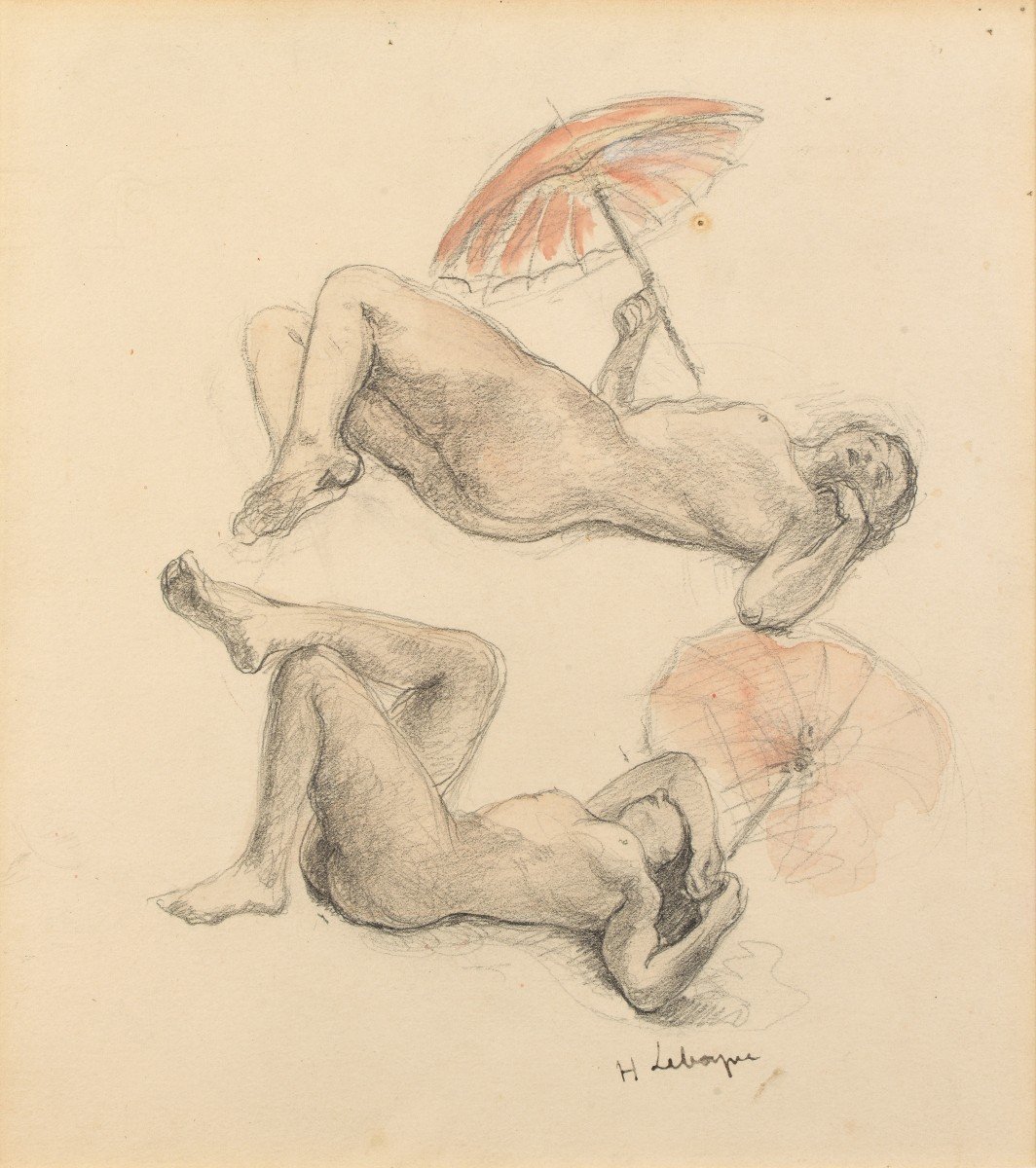





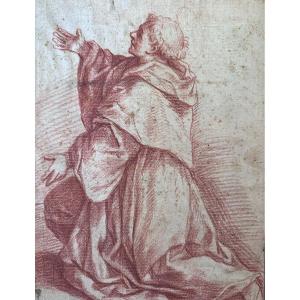












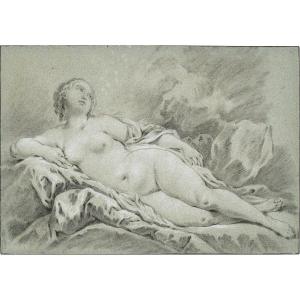

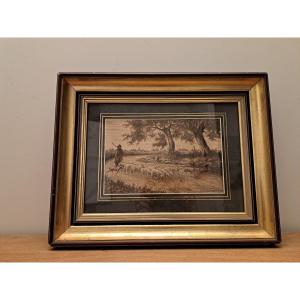
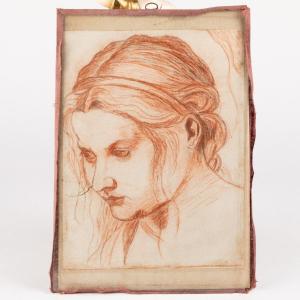





 Le Magazine de PROANTIC
Le Magazine de PROANTIC TRÉSORS Magazine
TRÉSORS Magazine Rivista Artiquariato
Rivista Artiquariato